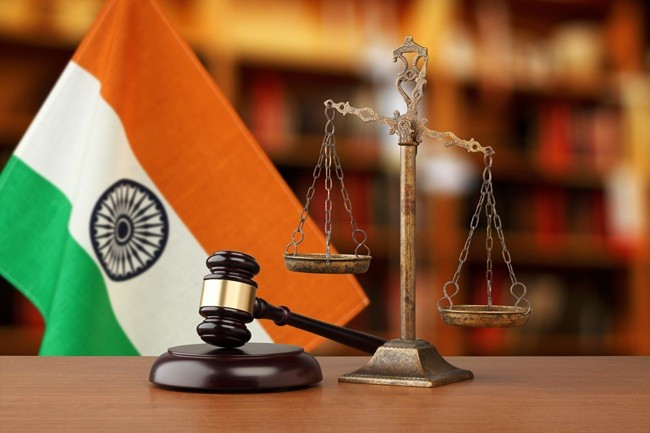Apr 15, 2025
Apr 15, 2025
How ‘Live Streaming’ is Revolutionizing Judicial Accountability in India
What happens when the walls of courtrooms, once cloaked in secrecy, are broken down by the lens of a live camera? Can the judiciary maintain its sanctity under public scrutiny, or does it falter under the pressure of accountability? Is live streaming the answer to India’s demand for a more transparent judicial process?

The Indian judiciary, often referred to as the custodian of justice and democracy, has been an enigma for the public. Courtrooms, historically perceived as inaccessible to the masses, are now undergoing a seismic transformation. The introduction of live-streaming judicial proceedings has ushered in an era of unparalleled transparency and accountability, opening the gates for citizens to witness justice in real-time.
A New Era of Judicial Transparency
The landmark 2018 Supreme Court decision in Swapnil Tripathi v. Supreme Court of India set the stage for live-streaming proceedings in Indian courts. Recognizing the essence of Article 21 of the Constitution, the court underscored the need for public access to judicial processes. Live streaming is no longer a futuristic ideal but a functional reality in India’s justice system. By allowing citizens to witness judicial deliberations, it bridges the gap between the judiciary and the people it serves.
This shift isn’t just a nod to the public's right to know; it is a revolution in judicial accountability. When proceedings are broadcast live, judges, lawyers, and litigants are held to a higher standard of decorum and professionalism. In a system where trust is paramount, this transparency is a powerful tool for strengthening confidence in the judiciary.
Recent Cases: Spotlight on Accountability
Consider the controversy surrounding Karnataka High Court Justice V. Srishananda. His live-streamed remarks regarding a Muslim-majority area being akin to a "Pakistan" neighborhood sparked widespread outrage. While the statement was criticized as biased and insensitive, it highlighted an important aspect: accountability. Live streaming ensured that such remarks did not go unnoticed, forcing a conversation about judicial impartiality.
Similarly, in the Naroda Gam case, the Gujarat High Court faced scrutiny over its decision to exclude journalists from covering proceedings. In stark contrast, live-streamed cases demonstrate the judiciary's commitment to transparency, eliminating doubts of bias or opacity in sensitive cases.
The Broader Implications
Challenges & Criticisms
While live streaming brings significant benefits, it is not without challenges. Critics argue that public exposure could lead to grandstanding by lawyers or judges, potentially compromising the sanctity of proceedings. Additionally, sensitive cases involving minors, victims of sexual assault, or national security concerns may require confidentiality to protect the vulnerable.
Moreover, the introduction of live streaming must be accompanied by robust guidelines to prevent misuse. Clear protocols are essential to balance transparency with the need for discretion.
The Road Ahead: Recommendations for Enhancing Transparency
Final Thoughts: Accountability in the Spotlight
Is live streaming the silver bullet for judicial accountability, or does it pose new challenges in balancing transparency with integrity? Can technology truly bridge the gap between the judiciary and the people it serves? As we stand on the cusp of this transformative era, are we prepared to embrace the opportunities and responsibilities it brings?
The live streaming of court proceedings is more than a technological innovation — it is a statement of intent. It signals the judiciary’s willingness to open its doors, confront its flaws, and uphold its role as the guardian of justice. In a democratic society, this move is not just desirable — it is imperative. But as we applaud this leap toward transparency, let us remember that with greater visibility comes greater responsibility. Will the judiciary rise to the occasion, or will it falter under the weight of public scrutiny? Only time will tell.
Image (c) istock.com
01-Feb-2025
More by : P. Mohan Chandran

|
Excellent, informative article. |